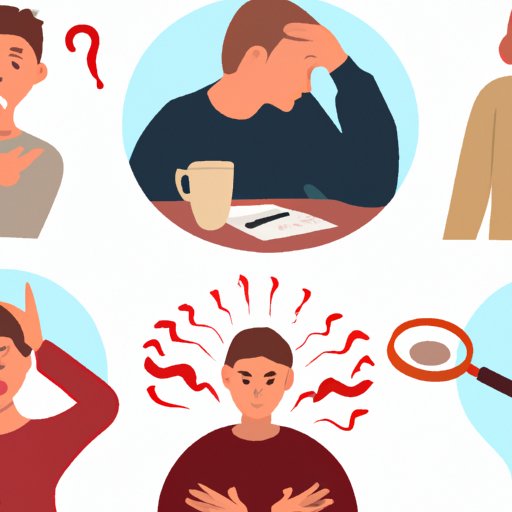
I. Introduction
Most of us have experienced the silent treatment at some point in our lives. Whether it’s a romantic partner, a coworker, or a family member, the feeling of being ignored can be incredibly hurtful. It can make us feel confused, sad, angry, or all three. In this article, we’ll explore how to handle the silent treatment with dignity and grace. By understanding the psychology behind it, practicing self-care, and taking assertive steps to address the situation, we can communicate effectively and move forward.
II. Understanding the Psychology Behind the Silent Treatment
When someone gives you the silent treatment, they’re basically shutting down all communication and interaction. It can be seen as a form of emotional abuse or manipulation, as it gives the silent-treater a sense of control over the situation. It’s often used in a power struggle, or as a way to punish someone for ‘bad’ behavior. But no matter what the intention behind it is, the impact on its recipient can be devastating. It can make a person feel dismissed, invalidated, and alone.
III. Don’t Take It Personally
It’s important to remember that the silent treatment is not about you, but rather the other person’s emotional state. They may be feeling overwhelmed, upset, or angry, and are using this tactic as a way to cope. It’s natural to feel hurt or angry when someone gives you the silent treatment, but it’s important not to take it to heart. Remember that you’re not responsible for how others choose to communicate with you.
One way to help prevent negative feelings is to boost your self-esteem. When you feel good about yourself, you’re less likely to internalize the silent treatment as a sign of your own inadequacy. Try practicing self-care, such as exercise, meditation, or spending time with supportive friends or family.
IV. Keep Communication Lines Open
Even though the person may be giving you the silent treatment, it’s important to keep trying to communicate in a non-judgmental way. This can help start a dialogue and potentially resolve any underlying issues. Try using ‘I’ statements, such as “I feel hurt and confused when you don’t talk to me,” instead of blaming or accusing statements. It’s also important to actively listen to what the other person has to say and empathize with their feelings. By acknowledging their perspective, you can build a stronger foundation for future communication.
V. Walk Away From the Situation
While it’s important to try and initiate communication, it’s also important to know when to walk away. Setting boundaries can be an effective way to protect yourself from constant emotional turmoil. Taking a break from negative interactions can also help clear your head and enable you to gain clarity regarding the situation. Sometimes a ‘time-out’ can be a beneficial way to evaluate the situation and plan your next steps.
If the situation becomes too toxic or negative, it’s also important to take assertive steps to create distance. This may mean ending the relationship or seeking professional help, such as seeing a therapist or mediator.
VI. Try an Over-The-Top Apology
Another way to try and diffuse the tension is to offer an apology, even if you don’t necessarily believe you’re in the wrong. Sometimes a simple “I’m sorry” can go a long way in preventing conflicts from escalating. It’s important to craft an apology that is sincere and specifically references the situation at hand. An effective apology has four components: acknowledging responsibility, expressing remorse, making restitution, and promising change.
VII. Empathize With Their Situation
Finally, it’s important to try and empathize with the person giving you the silent treatment. Instead of responding with anger or frustration, try to see the situation from their perspective. This can be difficult, especially if you feel like you’re being unfairly treated. But by taking a step back and trying to understand where they’re coming from, you may be able to identify the underlying issues driving their behavior.
Empathy can also help resolve conflicts. By acknowledging the other person’s feelings, you may be able to reach a collective solution and move forward without hurt feelings.
VIII. Conclusion
The silent treatment can be a challenging situation, but by approaching it with dignity and grace, you can communicate effectively and move forward. By understanding the psychology behind it, practicing self-care, keeping communication lines open, setting assertive boundaries, crafting an effective apology, and empathizing with the other person, you can gracefully handle the situation, whether with a partner or in a professional setting.




